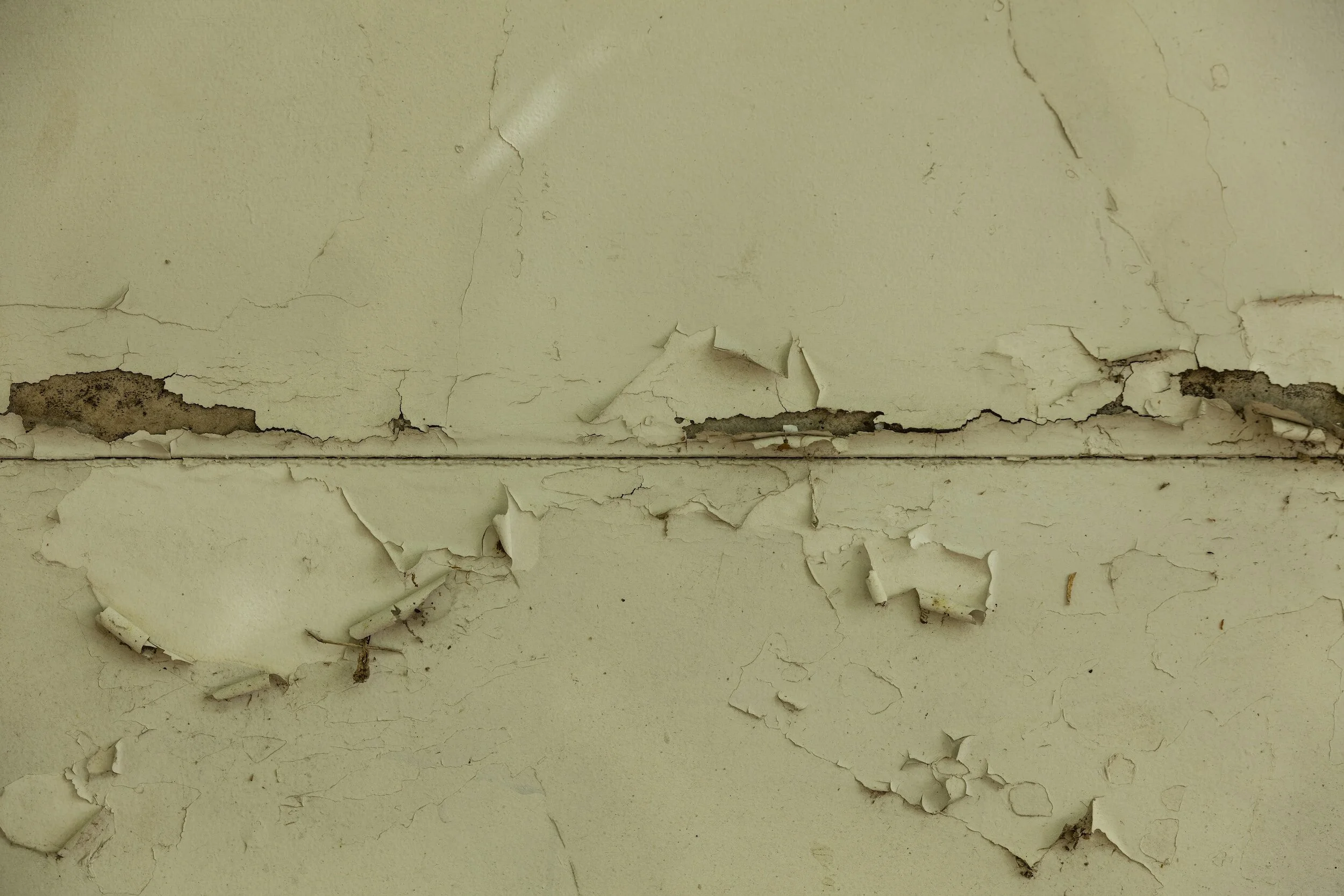Understanding the Risks of Lead-Based Paint in Older Homes
Are you considering purchasing a home built before 1980? It's essential to be aware of the potential risks associated with lead-based paint, especially if you have young children. This educational guide aims to provide you with valuable information about the dangers of lead-based paint and its impact on health, helping you make informed decisions to protect your family.
What is lead-based paint?
Lead-based paint was commonly used in homes constructed before 1978. It contains lead, a toxic metal that can be hazardous, particularly when ingested or inhaled as dust or chips.
Health risks for children:
Young children are especially vulnerable to lead exposure as their developing bodies can absorb lead more easily. Even small amounts of lead can cause serious health problems, including:
Learning disabilities and developmental delays
Decreased IQ and cognitive abilities
Behavior and attention issues
Anemia and organ damage
How does lead exposure occur?
Lead-based paint may deteriorate over time, creating lead dust or chips that can contaminate surfaces. Children can be exposed to lead by:
Ingesting lead dust or chips through hand-to-mouth contact
Breathing in lead dust particles
Contact with contaminated soil, especially around the home's exterior
Prevention and mitigation strategies:
To reduce the risks associated with lead-based paint, consider the following steps:
Test your home for lead: Hire a certified professional to conduct a lead inspection or risk assessment.
Maintain surfaces: Regularly inspect and address deteriorating paint or surfaces with lead-based paint.
Safe cleaning practices: Use wet cleaning methods to minimize lead dust. Pay attention to high-risk areas like windowsills, doors, and floors.
Renovation precautions: If renovating, hire certified contractors who follow lead-safe work practices to prevent lead dust contamination.
Nutrition: Ensure a healthy diet rich in calcium, iron, and vitamin C to reduce lead absorption.
Resources and assistance:
If you have concerns about lead exposure or need further information, consider reaching out to the following resources:
Local health departments or environmental agencies
The U.S. Environmental Protection Agency (EPA) lead information hotline
Nonprofit organizations specializing in lead awareness and prevention
Conclusion:
Understanding the risks associated with lead-based paint is crucial, particularly for families with young children. By taking proactive steps to identify and mitigate lead hazards, you can create a safe and healthy living environment for your loved ones. Always prioritize your family's well-being when considering the purchase of an older home.
QIC Environmental Services places a strong emphasis on work ethics, attention to detail, and a comprehensive understanding of environmental testing requirements across various industries. This commitment ensures that their customers receive top-quality service.
Choosing the right professional for environmental testing needs can indeed be a daunting task due to the multitude of options available. However, QIC Environmental Services alleviates this concern by employing qualified technicians who possess the necessary expertise and skills to handle projects of any size.
Whether the project is small or large, QIC Environmental Services is dedicated to providing comprehensive solutions tailored to meet the specific needs of their clients. Their qualified technicians are well-prepared to handle diverse environmental testing requirements and deliver reliable results.
By offering their expertise and a well-rounded understanding of the industry, QIC Environmental Services aims to be the trusted partner for customers seeking environmental testing services.




